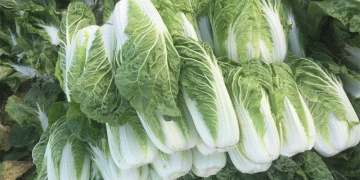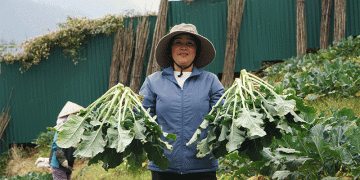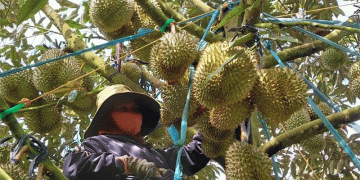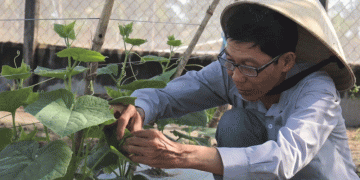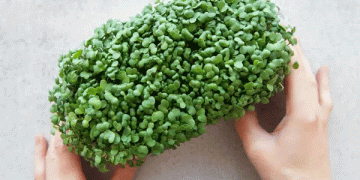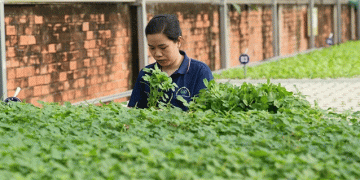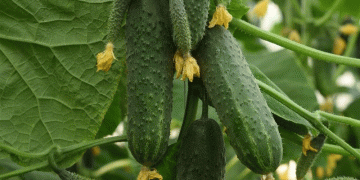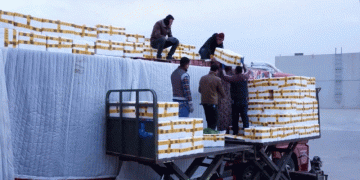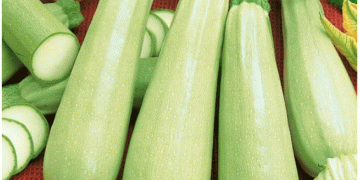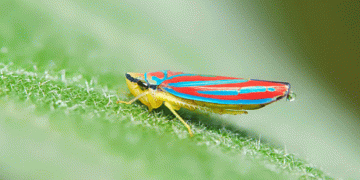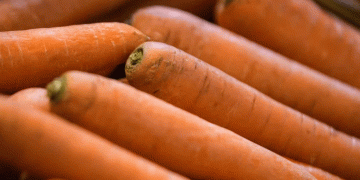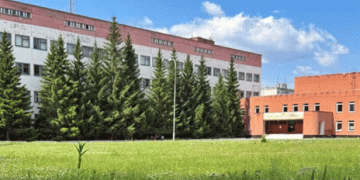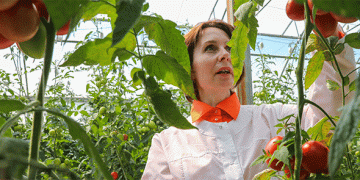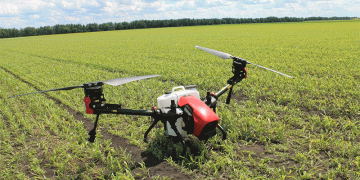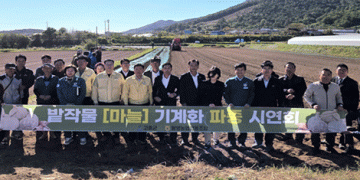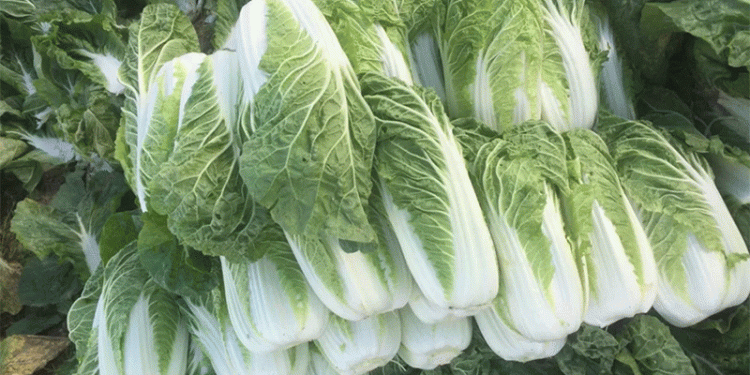The CCT (CONSTANS, CONSTANS-LIKE, and TOC1) gene family is essential for regulating diurnal rhythms and abiotic stress responses, directly influencing crop growth, development, and yield. Despite its importance, comprehensive data on the CCT gene family in Chinese cabbage (Brassica rapa) has been lacking—until now.
Key Findings from the Study
- Genome-Wide Identification of CCT Genes
- Researchers identified 66 CCT genes in the Chinese cabbage genome.
- These genes were classified into three subfamilies (COL, PRR, and CMF), closely related to those in Arabidopsis thaliana.
- Gene Expansion and Duplication Events
- 63 BraCCT gene pairs showed collinear relationships, indicating that segmental duplication was a major driver in the expansion of this gene family.
- This suggests evolutionary adaptations that may enhance stress resilience.
- Functional Roles in Stress and Development
- Cis-acting elements in CCT promoters were linked to plant development, hormonal responses, and stress adaptation.
- Expression profiling confirmed that CCT genes are active across various tissues, with distinct patterns under different conditions.
- Response to Abiotic Stress
- qRT-PCR analysis of 10 selected CCT genes confirmed their responsiveness to:
- Heat stress
- Cold stress
- Drought stress
- Abscisic acid (ABA) stress
- BraCCT24, a key gene, was found to be nucleus-localized, suggesting a regulatory role in stress signaling.
- qRT-PCR analysis of 10 selected CCT genes confirmed their responsiveness to:
Implications for Agriculture
This study provides a foundational understanding of how CCT genes influence Chinese cabbage growth and stress tolerance. With climate change increasing abiotic stress on crops, these findings could lead to:
- Improved breeding strategies for stress-resistant varieties.
- Enhanced crop yields under adverse conditions.
- Targeted genetic modifications to optimize plant performance.
The identification and analysis of 66 CCT genes in Brassica rapa offer a theoretical framework for future research into crop resilience and productivity. By understanding the roles of these genes in stress response and development, scientists and farmers can work toward more robust and high-yielding Chinese cabbage cultivars.
